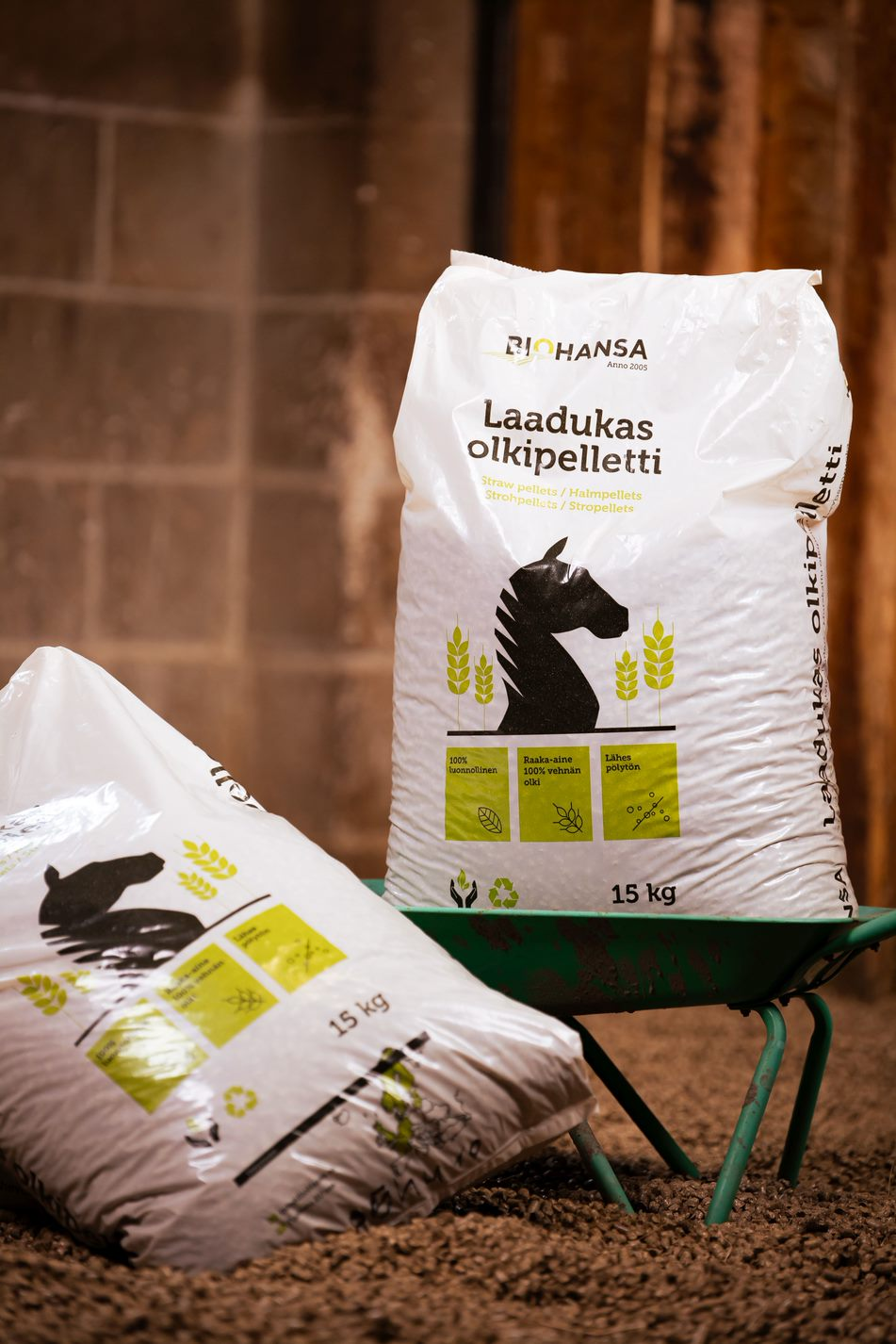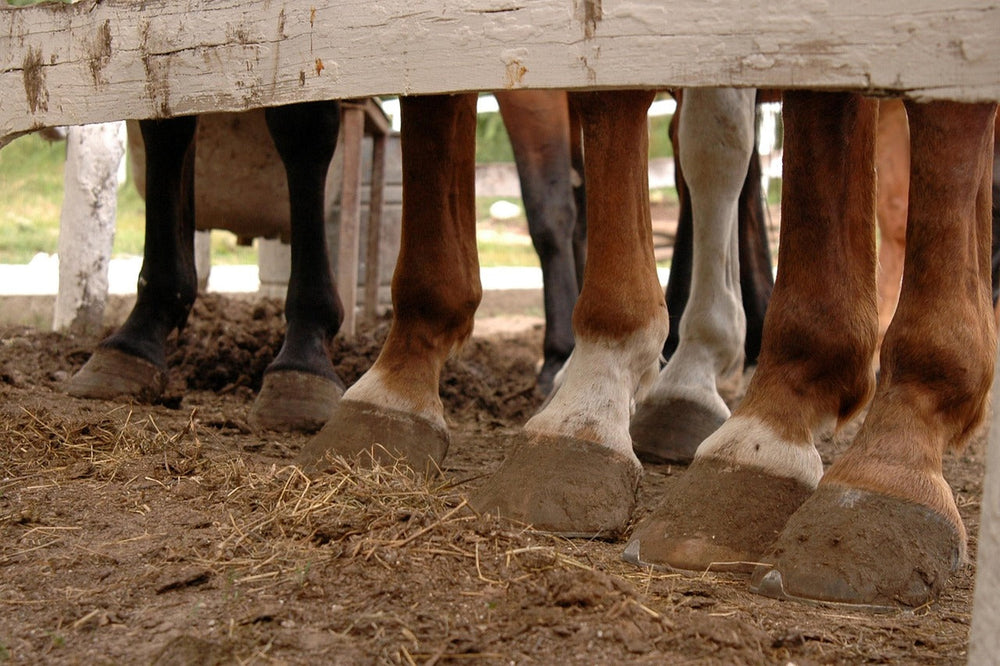Category_Uutiset ·
hamppu ·
hevoset ·
hiilijalanjälki ·
kesä ·
kuivikkeet ·
talli ·
turve ·
ympäristö ·
The carbon footprint of bedding and the future of materials
Gradually, both in the equine industry and in agriculture, we are having to consider what kind of bedding materials we can use in the future. This is a topic worth investing in, as the choice of bedding product has a significant impact on both animal welfare and environmental sustainability. Finding ecological and sustainable bedding is important from the perspective of climate change, resource scarcity and environmental protection.
The carbon footprint of bedding used in horse stables and farms can vary depending on the material used and its production processes. Measuring the carbon footprint consists of several steps, with differences between different bedding materials in terms of raw materials, manufacturing, transportation and disposal.






